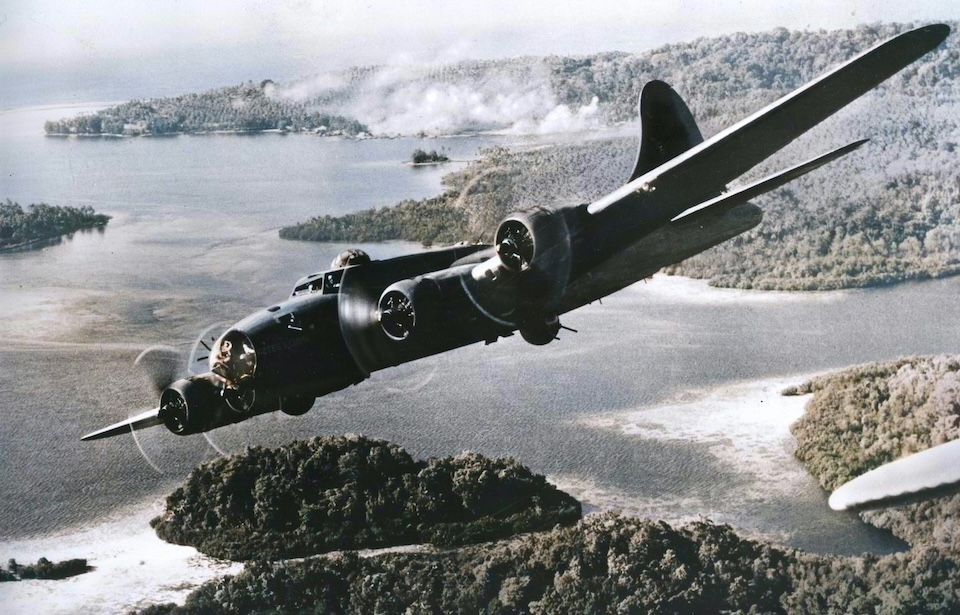In 1972, while flying over Papua New Guinea, members of the Royal Australian Air Force (RAAF) observed an unusual shape in the swamplands below. Amid the landscape, a striking structure stood out, prompting further investigation. After trekking through the difficult swampy conditions, their efforts were rewarded: they discovered the wreckage locally known as the “Swamp Ghost.”
To their surprise, it was a Boeing B-17E Flying Fortress, abandoned by US forces for many years. However, the real discovery lay within the downed bomber.
The crew survived a death-defying crash
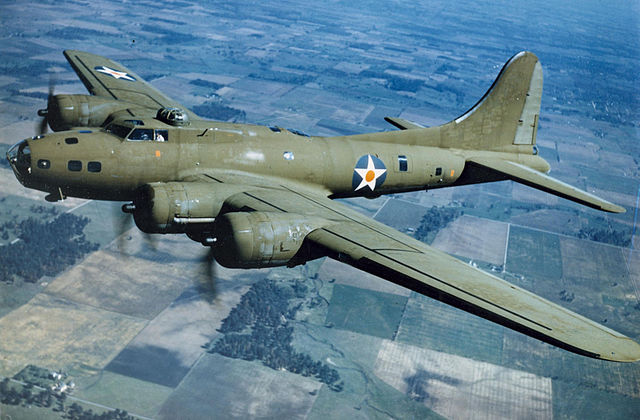
On February 23, 1942, months after the devastating attack on Pearl Harbor, the B-17E Flying Fortress, piloted by Capt. Frederick C. Eaton Jr., faced enemy fire while flying over Rabaul, Papua New Guinea, which was under Japanese occupation. With damage to its wing and a critical fuel leak, the bomber faced an impossible journey back to the safety of Port Moresby.
In a desperate move, Eaton chose to execute a crash landing, aiming for what he believed to be a wheat field. However, reality proved harsher; the crew found themselves in a treacherous swamp teeming with ferocious crocodiles. Miraculously, they survived the ordeal and were rescued by villagers who provided shelter and care, aiding in their recovery from malaria. Once restored to health, they resumed their duties, serving until the conclusion of the Second World War.
The legend of the “Swamp Ghost”
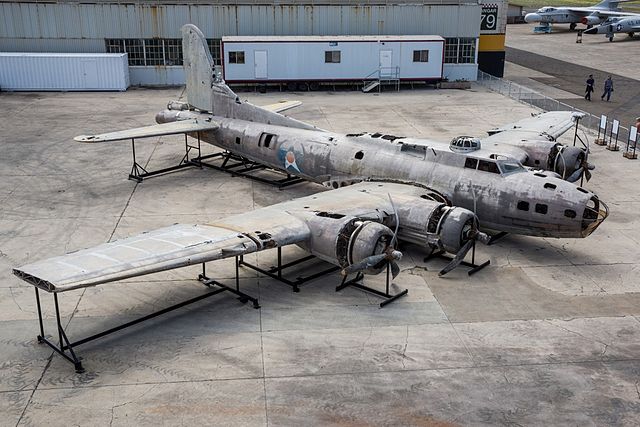
Following the crash, both the B-17E crew and the US Air Force made no attempts to recover the heavy bomber. It stayed in the swamp, attracting visits from villagers. Over time, it evolved into a quasi-sacred site, with eerie incidents occurring to those who dared to get close to the wreckage.
Legend has it that some who approached the aircraft never came back, while others fell ill with malaria and experienced mental issues. This prompted locals to keep their distance and respect the area as a holy place, believing it would protect them from the unusual happenings.
After the war the “Swamp Ghost” became a popular attraction
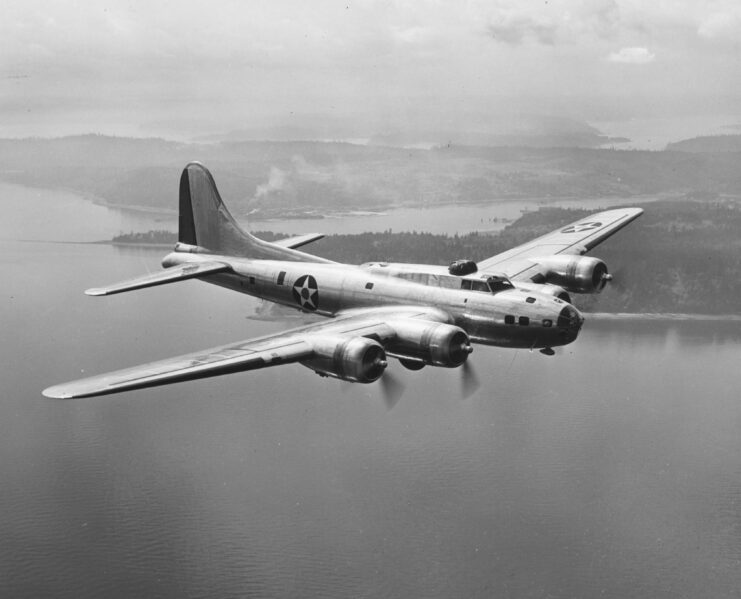
Following the war, Papua New Guinea became a popular destination for relic hunters looking for downed aircraft, old guns and infrastructure, and other artifacts the jungle had swallowed up. The “Swamp Ghost” quickly became one of the main attractions.
Salvagers spotted the B-17E Flying Fortress in the jungle
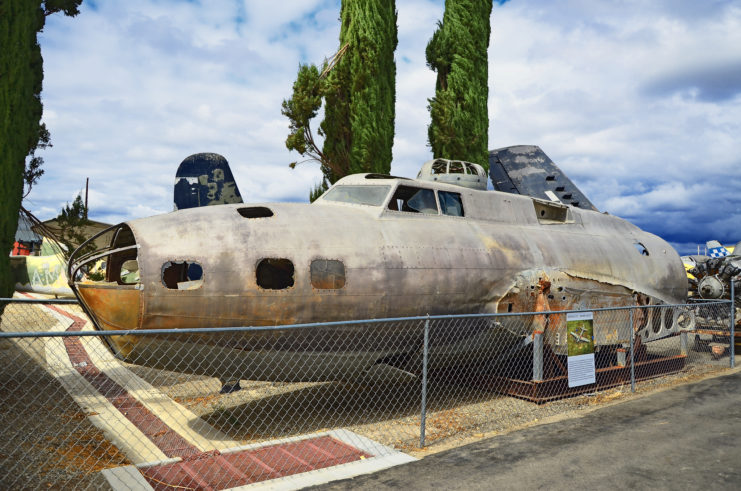
When Australian airmen spotted the B-17E in 1972, they were astonished by their discovery. The wreckage was in remarkable condition, and they even found thermoses filled with coffee that were poured by the original crew!
In the 1980s, renowned aircraft salvager Fred Hagan and his partner, David Tallichet, learned about the find and decided to locate and save the wreck. They were amazed to see the “Swamp Ghost” in such a well-preserved state. Although locals had removed most of the weapons and mechanical parts, the interior remained intact.
Hagan and Tallichet started the process of reconstructing the heavy bomber to make it stable enough to be transported. However, various setbacks delayed the project for years. Finally, in 2006, the salvage mission was completed, with one final challenge: the locals were opposed to its removal. After a ceremony to honor the spirits of the swamp, the aircraft was eventually allowed to leave its resting place for the first time in 65 years.
Where is the “Swamp Ghost” now?
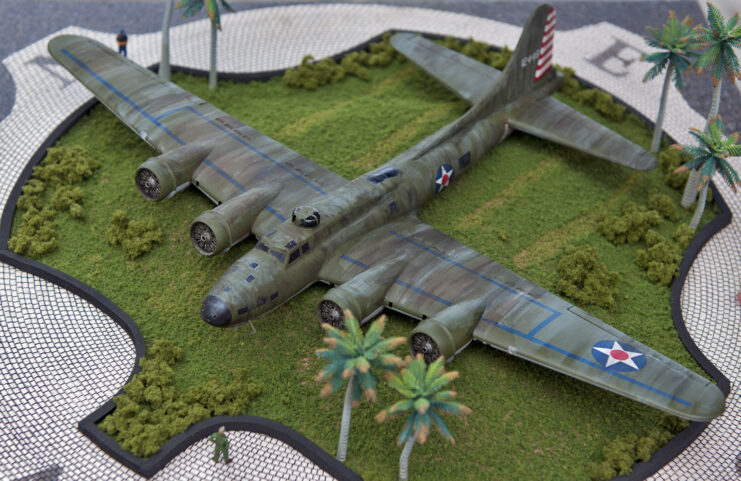
Want War History Online‘s content sent directly to your inbox? Sign up for our newsletter here!
Once it was fully restored, the “Swamp Ghost” was put on display at a ceremony in Long Beach, California that was attended by many family members of the original crew. It has since been permanently moved to the Pearl Harbor Aviation Museum in Hawaii, where it’s undergoing restoration.
